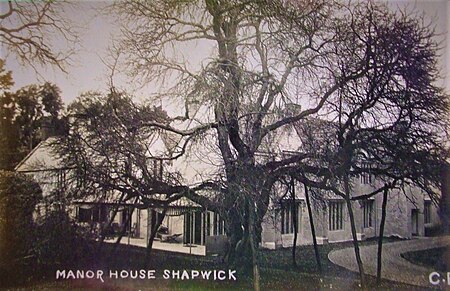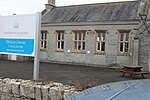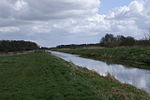Shapwick Manor
Grade II* listed buildings in SedgemoorHistory of South AustraliaManor houses in EnglandSomerset

Shapwick Manor at Shapwick in the English county of Somerset is a medieval manor house which was largely remodelled in the 19th century by Henry Strangways on his return from South Australia in 1871. It is a Grade II* listed building.It is not to be confused with Shapwick House, formerly an hotel, and more recently a rental property, which lies to the north of the village.
Excerpt from the Wikipedia article Shapwick Manor (License: CC BY-SA 3.0, Authors, Images).Shapwick Manor
Station Road,
Geographical coordinates (GPS) Address Nearby Places Show on map
Geographical coordinates (GPS)
| Latitude | Longitude |
|---|---|
| N 51.1422 ° | E -2.8341 ° |
Address
Shapwick School
Station Road 21
TA7 9NJ
England, United Kingdom
Open on Google Maps










